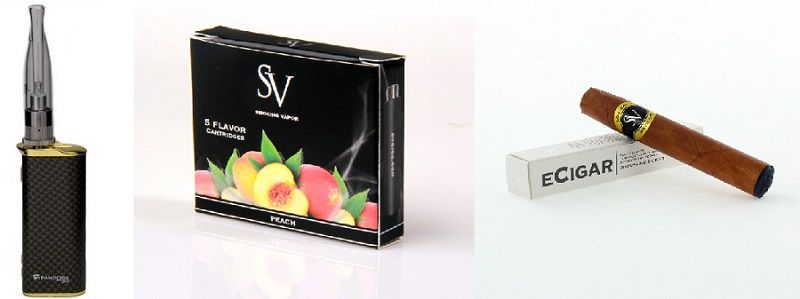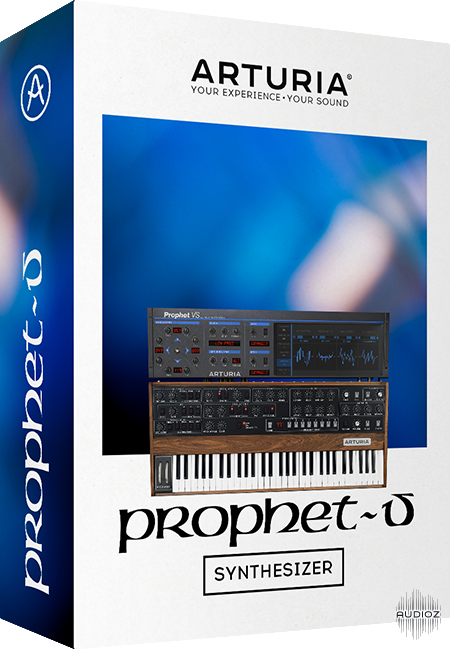Nicotine Per Cigarette By Brand

However, the nicotine level rating on the cigarette label (12 mg tar and 1 mg nicotine in a low-yield cigarette) is not the same as the total amount of nicotine present in the cigarette.16,17 The “nicotine yield” is determined by a smoking machine; a syringe which draws 32 ml puffs each minute unit the total length of a cigarette is burned. BRAND, TAR YIELD (mg/cig), NICOTINE YIELD (mg/cig). MEVIUS OPTION PURPLE 1 100'S ROUND FT 20S BOX (.
The less tar and nicotine have Slims cigarettes like Vogue,Glamour, Eva, Virginia etc, They are also called 'Women Things'.Slims cigarettes are narrower (approximately 23mm circumference)than ordinary cigarettes (hence, 'Slims'), and are also longer thannormal 'king-sized' cigarettes (which are 84mm), sold only inlonger 100mm and 120mm lengths, to give the cigarettes a more'elegant' appearance and ostensibly to reduce the amount of smokethey produce. They can be found on cigarettes kiosks or even ononline shops in 'Superslims', 'light,' 'ultra-light,' and mentholvarieties.
AbstractThe tar, nicotine, carbon monoxide, and carbon dioxide contents of the smokes of 220 brands of foreign commercial cigarettes are reported. In some instances, filter cigarettes of certain brands were found to deliver as much or more smoke constituents than their nonfilter counterparts. Also, data indicated that there can be a great variation in the tar, nicotine, or carbon monoxide content of the smoke of samples of a given brand of cigarettes, depending on the nation in which they are purchased. One hundred twenty-one brands of United States commercial cigarettes were analyzed for their deliveries of tar, nicotine, carbon monoxide, and carbon dioxide under standard analytical smoking conditions. The sample included both filter and nonfilter cigarettes. Comparisons of carbon monoxide deliveries over the range of observed tar deliveries indicated a very high correlation between CO and tar for filter cigarettes, but nonfilter cigarettes tended to produce much less CO than would have been predicted from their tar deliveries. Comparison of ORNL nicotine values for specific brands with those determined by the Federal Trade Commission yield no statistically significant differences between laboratories.
4 figures, 6 tables. An unresolved public health issue is whether some modern cigarettes are less hazardous than other and whether patients who cannot stop smoking should be advised to switch to lower-yield cigarettes. The authors studied tar (estimated by urine mutagenicity), nicotine, and carbon monoxide exposure in habitual smokers switched from their usual brand to high- (15 mg of tar), low- (5 mg of tar), or ultralow-yield (1 mg of tar) cigarettes. There were no differences in exposure comparing high- or low-yield cigarettes, but tar and nicotine exposures were reduced by 49% and 56%, respectively, and carbon monoxide exposure by 36% while smoking ultralow-yield cigarettes. Similarly, in 248 subjects smoking their self-selected brand, nicotine intake, estimated by blood concentrations of its metabolite continine, was 40% lower in those who smoked ultralow but no different in those smoking higher yields of cigarettes.
The data indicate that ultralow-yield cigarettes do deliver substantial doses of tar, nicotine, and carbon monoxide, but that exposure are considerably less than for other cigarettes. Twenty-two volunteers who smoked more than 20 cigarettes with 'high' nicotine yields (0.8 to 1.2 mg) per day participated in an 8-week study designed to test the hypothesis that smoking cigarettes with a constant level of nicotine but reduced deliveries of tar, carbon monoxide, and hydrogen cyanide leads to a decrease in smoke absorption. All subjects smoked their usual high-nicotine brand for the first 3 weeks (P1), and the absorption of smoke constituents was determined from levels of thiocyanate and cotinine in saliva and serum, levels of carbon monoxide in expired air, and levels of carboxyhemoglobin in the blood. During the final 5 weeks (P2), the treatment group (16 subjects) switched to the 'light' version of their usual brands (similar yields of nicotine but with reduced yields of tar, carbon monoxide, and hydrogen cyanide); the control group (6 subjects) smoked their usual brands for the duration of the study. Average levels of cotinine for the subjects who switched during P2 were not significantly different from those of the control group as was expected. Slight reductions were noted in average expired-air carbon monoxide levels, blood carboxyhemoglobin, and saliva thiocyanate, but these reductions were smaller than anticipated based on brand characteristics.
The results suggest that the ratio of smoke constituents is different when individuals, rather than machines, smoke cigarettes. Yields determined under subject-defined conditions are necessary in order to properly evaluate the role of nicotine in the design of 'less-hazardous' cigarettes.
Thirty-two brands of US commercial cigarettes were analyzed for their deliveries of tar, nicotine, CO, CO/sub 2/, HCN, NO/sub x/, and acrolein under standard smoking conditions. Per cigarette and per puff deliveries were calculated. The sample suite contained filtered and non-filtered varieties, and relatively popular high, low, and medium tar delivery cigarettes. The range of deliveries of these constituents was considerable.
Statistical analysis indicated that the deliveries of nicotine, CO, NO/sub x/, and HCN could usually be estimated to within 50% of their actual delivery if the tar delivery was known. However, brand to brand variation in the constituent ratios was sufficient so as to preclude the exact calculation of the delivery of one component from that of another.
Sidestream smoke yields for 15 brands of cigarettes were determined under conditions where mainstream yields were approximately equal to those used for determining the values which appear on packages of Canadian cigarettes. Sidestream yields of tar, nicotine, and carbon monoxide were much higher than mainstream yields for all brands tested. The average sidestream-to-mainstream ratios for the 15 brands were 3.5, 6.6, and 6.8 for tar, nicotine, and carbon monoxide, respectively. The highest yields of sidestream were obtained from the brands with the lowest mainstream yields.
- среда 08 апреля
- 92
